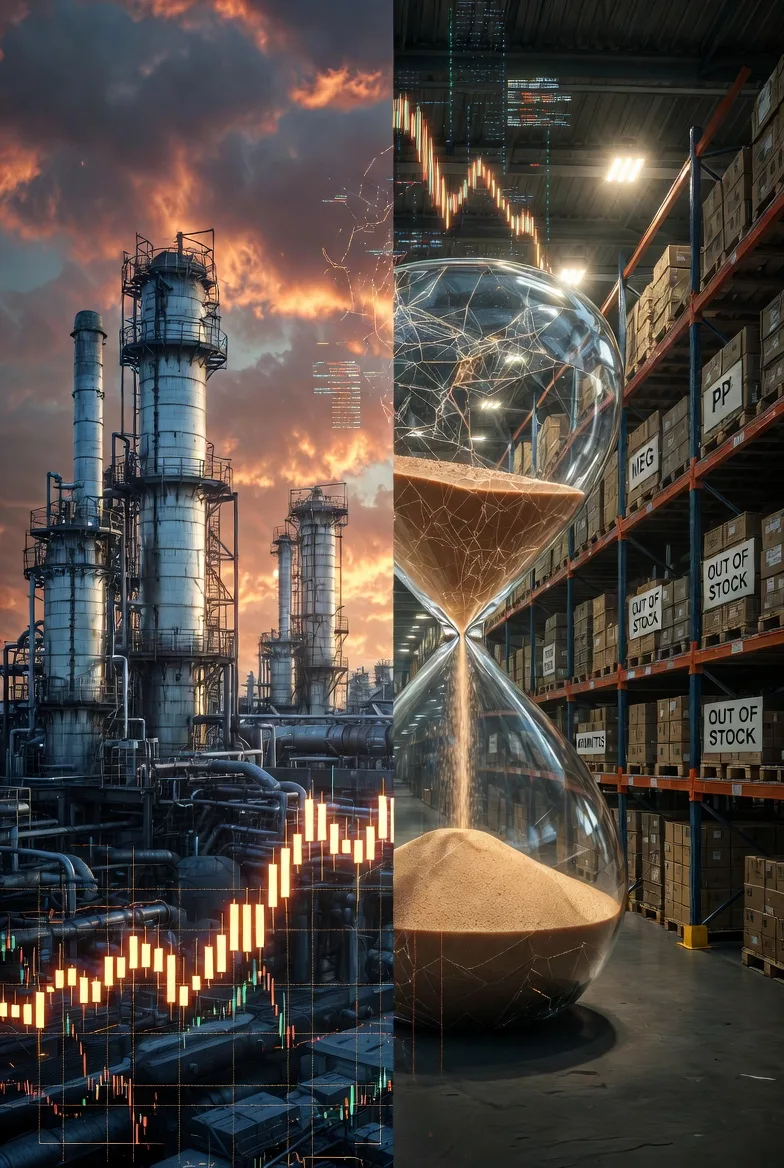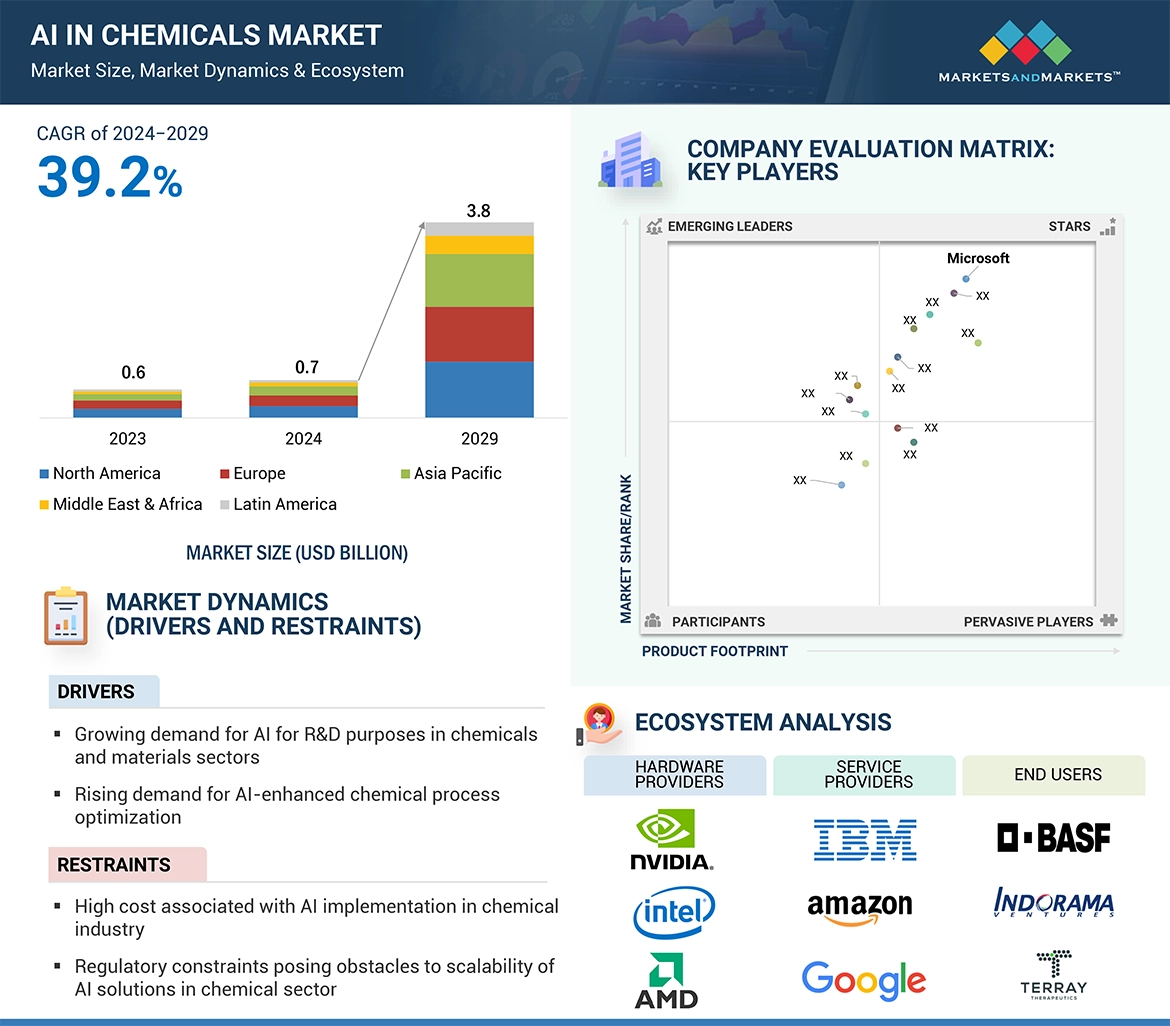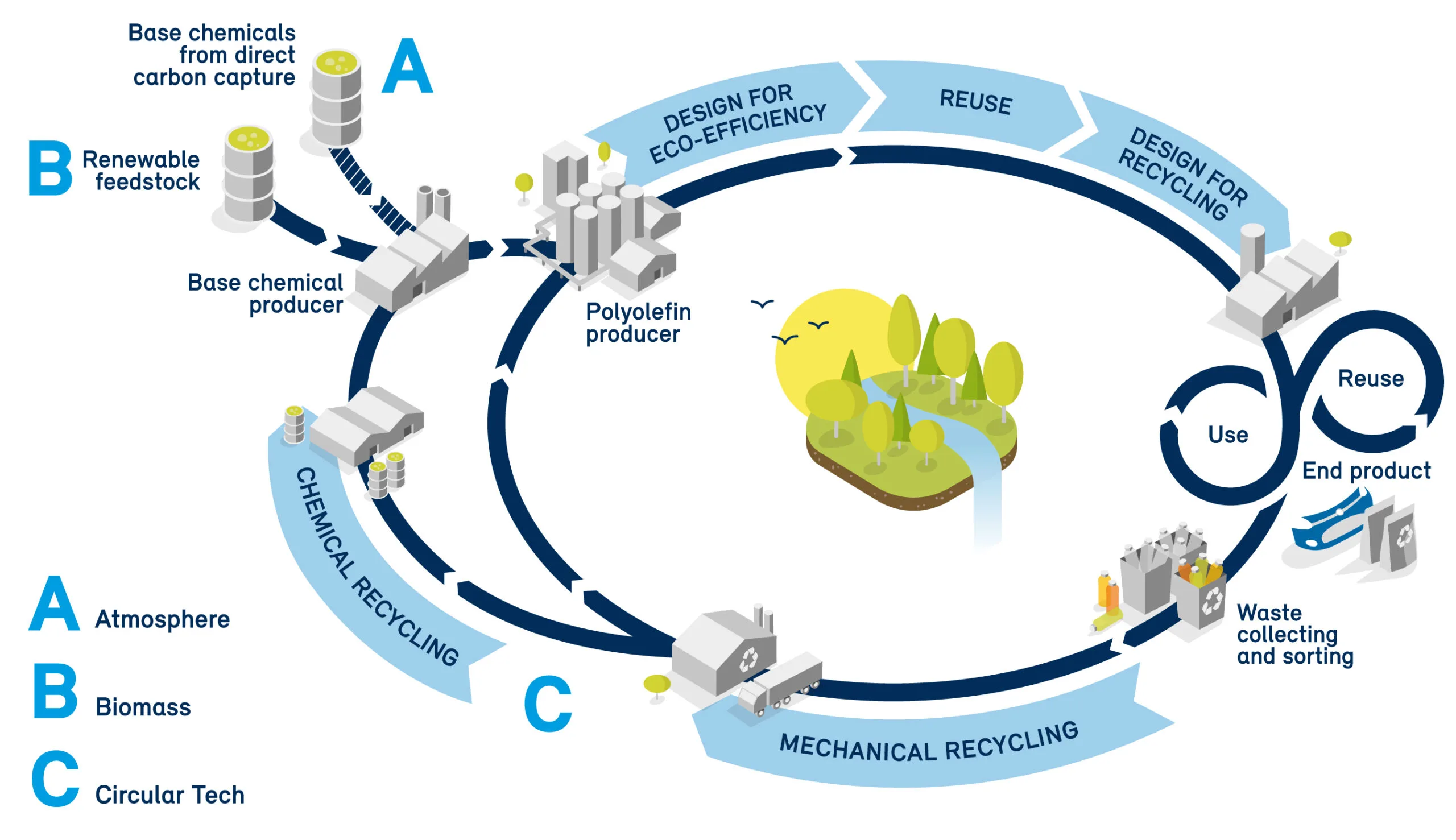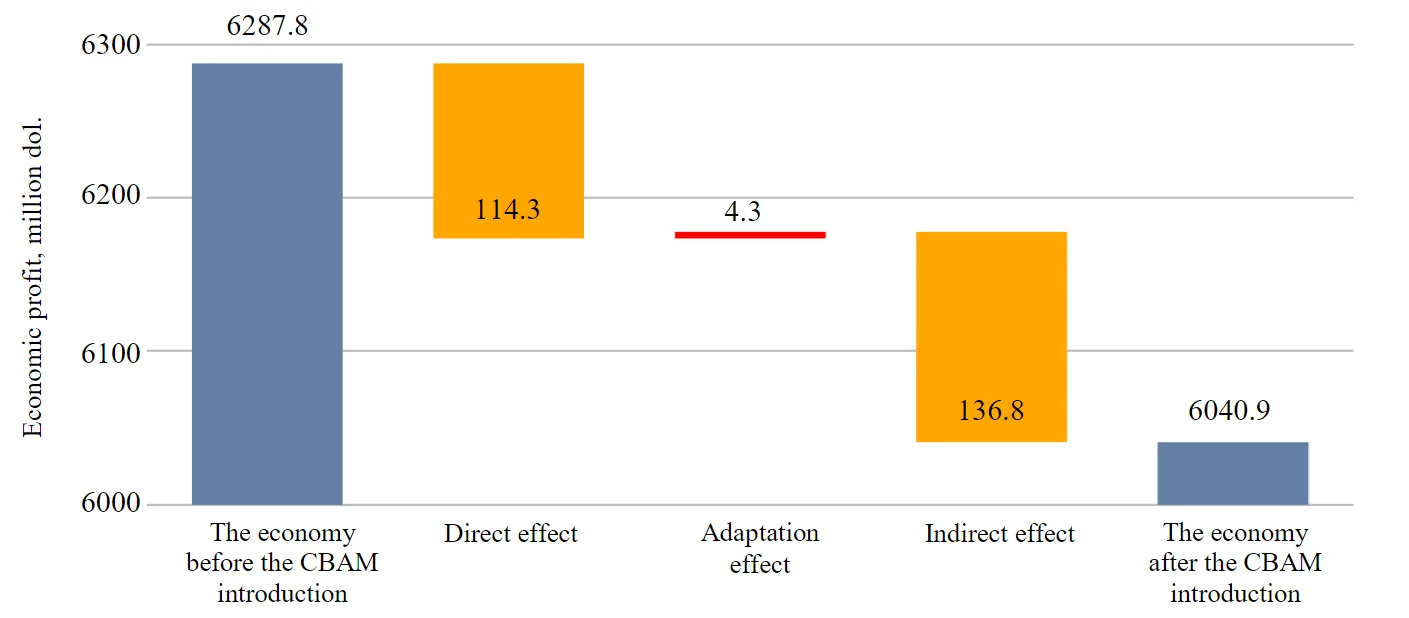Archive Articles
- Ask an Expert
- Export Guides
- Market Trends
- Product Comparison
- Shipping & Packaging
- Trade Compliance
- Uncategorized
Large petrochemical buyers rarely leave purchasing decisions to chance. In volatile markets, strategic stockpiling has become a core risk-management tool used by manufacturers, refiners, and trading houses worldwide. By care . . .
Global petrochemical markets continue to face repeated shortages despite capacity expansions in the Middle East and Asia. Scarcity in products such as MEG, PVC, Polypropylene, Acrylonitrile, and aromatics comes from mismatch . . .
Petrochemical price indexes such as ICIS and Platts are the backbone of global pricing, influencing everything from contract negotiations to shipping routes. These benchmarks reflect real-time shifts in supply, demand, feeds . . .
Blockchain is transforming petrochemical exports by securing contracts and ensuring compliance. Smart contracts automate payments, reducing risk of delays and defaults. Exporters benefit from faster customs clearance and tra . . .
AI is transforming petrochemical market forecasting by predicting demand, pricing, and trade flows. Exporters benefit from smarter pricing, reduced risks, and stronger negotiation power. Real-time data integration ensures hi . . .
Digital tracking and traceability are becoming essential in petrochemical supply chains. Using blockchain, IoT, and AI, exporters can reduce risks, enhance compliance, and build buyer trust. These tools not only optimize cos . . .
The circular economy is reshaping petrochemical exports, with recycling at its core. Exporters who embrace recycled polymers, invest in new technologies, and align with global brands can unlock premium markets. While challen . . .
The EU’s CBAM is a game-changer for petrochemical exports, adding costs for carbon-intensive products like PE, PP, and MEG. Exporters in the Middle East and Asia will face pricing pressure, compliance challenges, and poten . . .









